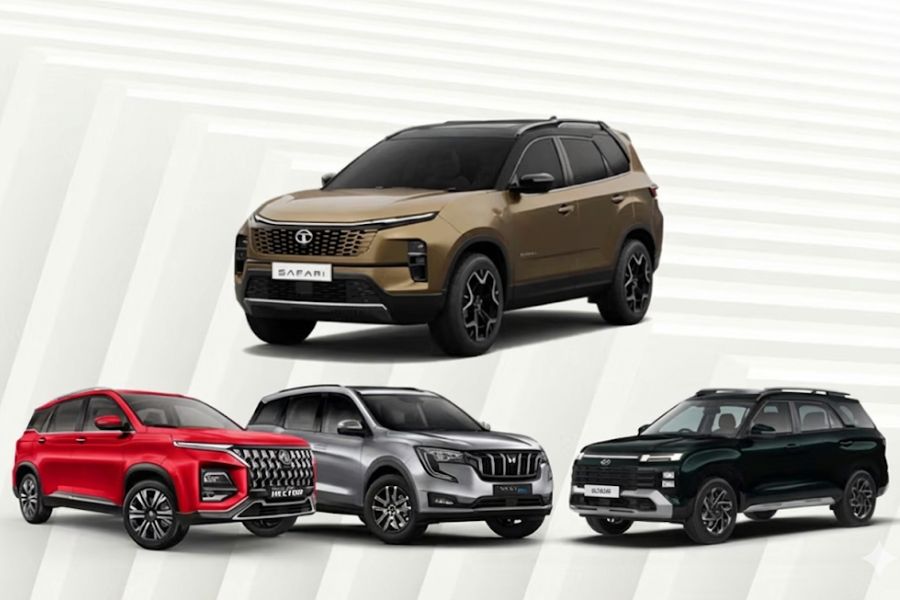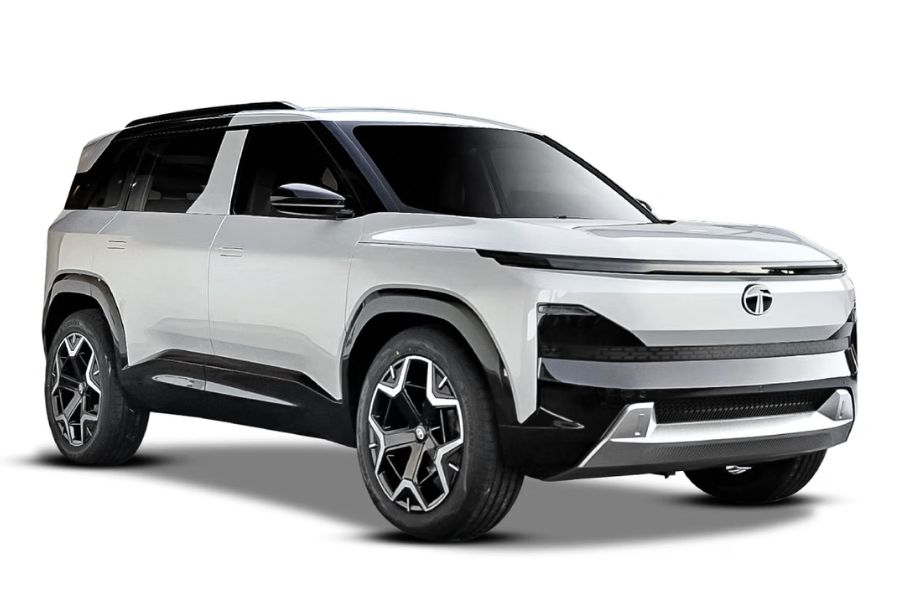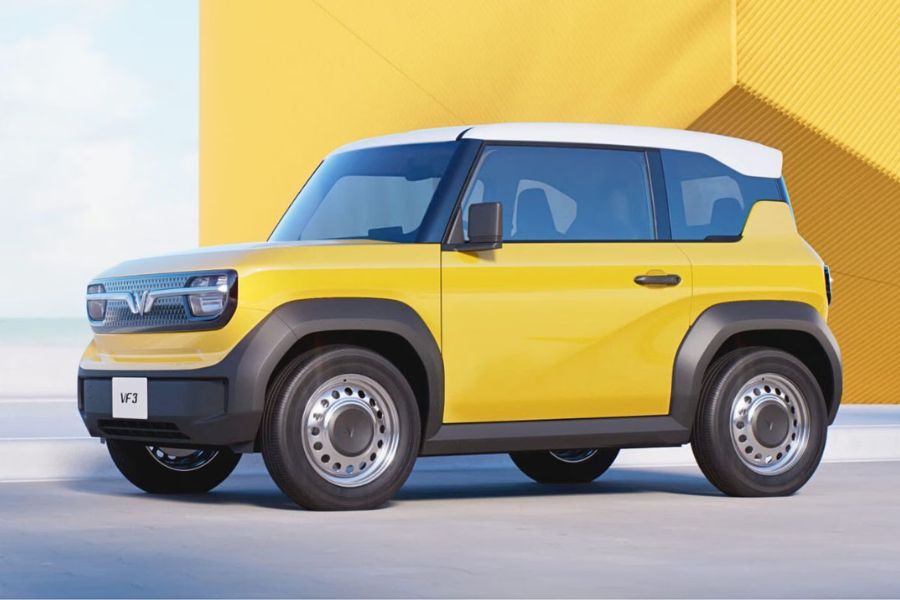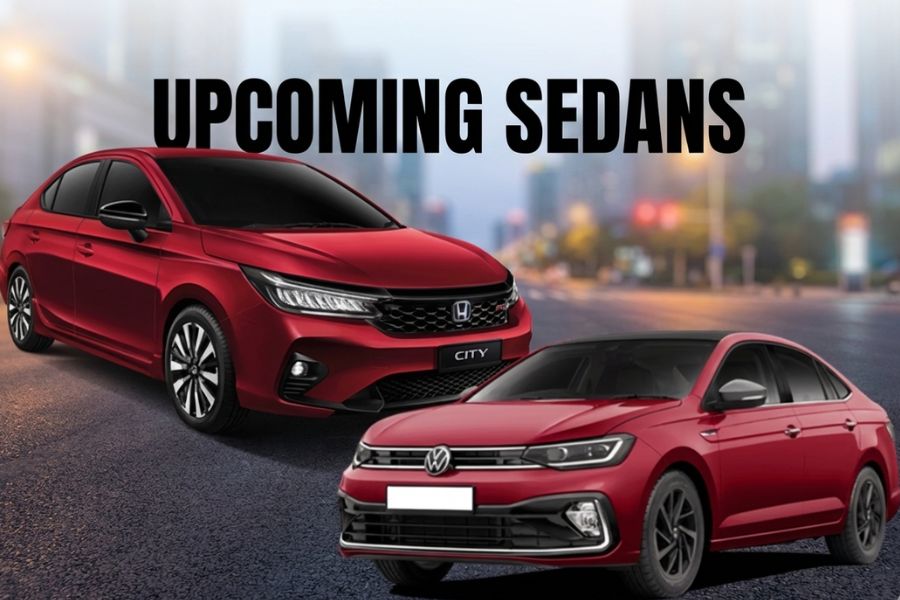Small cars have always played a crucial role in the automotive world, especially during challenging times like the post-World War II era. They were more affordable, required fewer resources, and delivered excellent efficiency. Their compact nature made them ideal for urban environments, offering ease of driving and parking while maintaining practicality.
India is no stranger to small cars. Some are engineered with precision, others prioritize comfort, and a select few manage to blend both while delivering an enjoyable driving experience. While the Japanese, French, and Italians have long dominated this segment, it’s worth remembering that the British once excelled at making small cars, too. Names like Mini and Alec Issigonis are testaments to Britain’s ingenuity in compact car design.
The MG Midget: A Classic Compact Marvel
The MG Midget was a brilliant example of efficient design, drawing from the mechanicals of the Austin-Healey Sprite. Unlike its more basic counterpart, the Midget offered better equipment and refinement. Built with a monocoque chassis—a rarity for a sports car of its time—the Midget combined affordability with agility.
Its components, including the Austin A35 gearbox and Morris Minor steering, were sourced from various British Leyland brands. Yet, MG’s ability to fine-tune its cars for sheer driving pleasure set it apart. The Midget wasn’t just a car; it was a statement—a lightweight, fun-to-drive machine that still holds a place in the hearts of collectors and enthusiasts.
MG Comet: The Modern Small Car Revolution
Fast forward to today, and MG’s commitment to compact cars remains evident in the all-electric MG Comet. Though the brand is now under Chinese ownership, it retains some of its historical DNA. With a design studio still in the UK and a deep understanding of small car engineering, MG continues to innovate.
Built on the SAIC-GM-Wuling Global Small Electric Vehicle (GSEV) platform, the Comet takes compact design to the next level. It prioritizes passenger space, making efficient use of vertical room while maintaining a practical and comfortable cabin. Unlike larger, energy-consuming EVs, the Comet proves that smaller electric cars make more sense when considering sustainability.
Driving Experience: Classic vs. Modern
The Midget and the Comet offer entirely different driving experiences, yet they share a common theme—being small but mighty.
- MG Midget: With a 1.2L naturally aspirated engine, a lightweight 685kg frame, and a power-to-weight ratio that makes it surprisingly quick, the Midget delivers a raw and engaging driving experience. Its sports car DNA shines through in its nimble handling, engaging exhaust note, and tactile manual gearbox.
- MG Comet: On the other hand, the Comet offers the instant torque and silent operation of an electric motor. Its compact dimensions make it perfect for city commutes, with a practical cabin and a user-friendly design. However, its taller stance and basic rear suspension limit its agility compared to the Midget’s sporty demeanor.
The Essence of Small Cars in MG’s Legacy
MG’s history with small cars dates back to 1929 with the first Midget, the M-Type. Designed for lightweight performance, it embodied the ethos of making affordable, fun-to-drive vehicles. Decades later, this philosophy continues in modern MG models like the Comet and upcoming small EVs like the MG4.
While the Midget was a sports car crafted for driving enthusiasts, the Comet represents a new era of urban mobility, proving that the charm of small cars remains timeless. Whether classic or electric, MG’s legacy of making compact, practical, and enjoyable cars is alive and well.
Read More:




